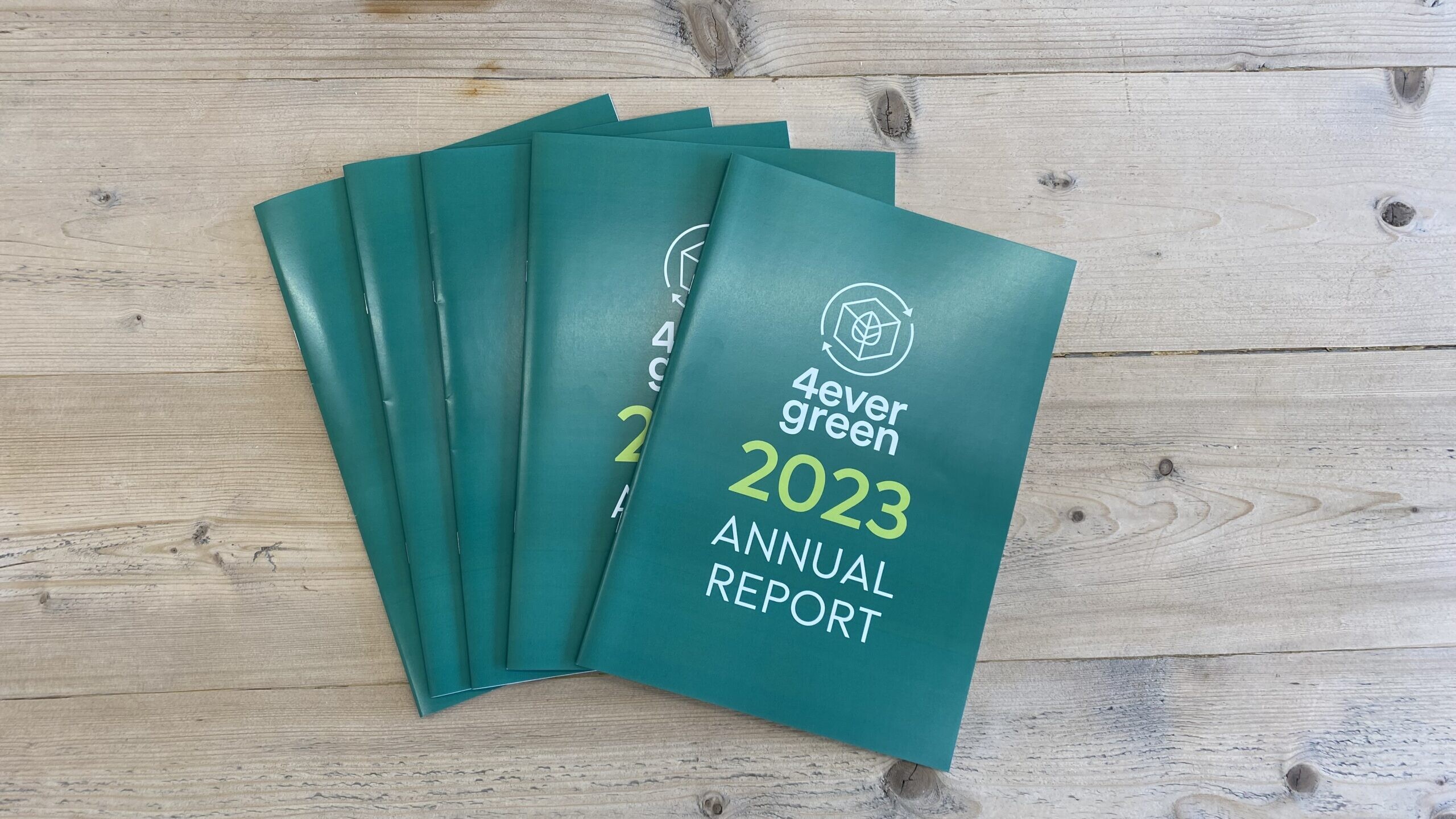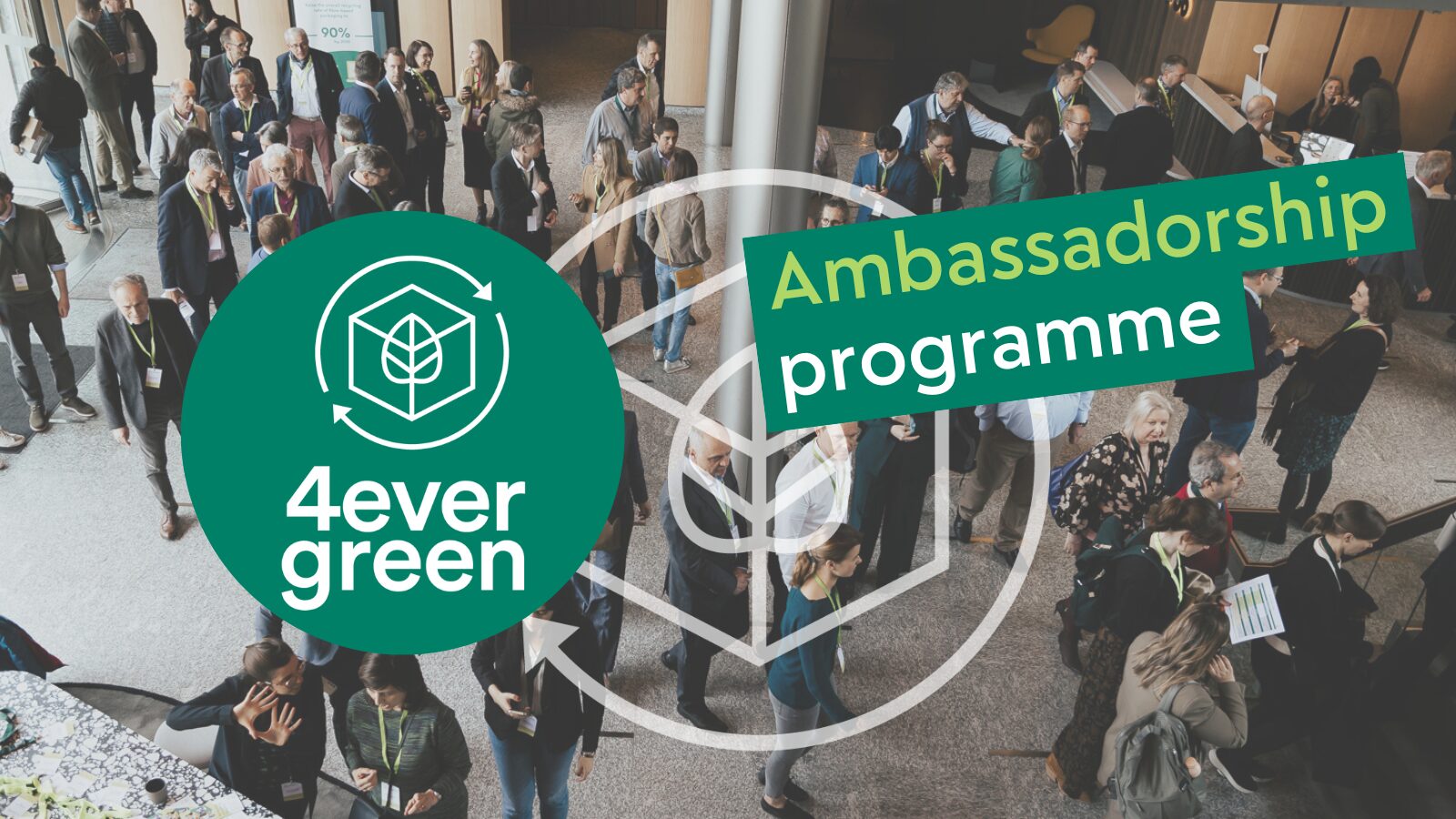From the air we breathe to the food we eat and the packaging it comes in, humans depend on forests. Forests are the life and lungs of our planet and house over 80% of the world’s land-based plants and animal species.

With a growing global population and increasing consumption, sustainable forest management – the sustainable use and management of forests – has become vital for the conservation of forests. In Europe today, forests stand 30% larger in area than in the 1950s((Cepi: https://sustainability.cepi.org/forest/)), largely due to the careful control of natural regeneration, planting, growing, and harvesting.
What is the link between forests and packaging?
Wood provides the cellulosic fibres essential to produce fibre-based packaging. This makes forests the principal source of raw materials for fibre-based packaging. The number of cellulosic fibres used depends on what the packaging is used for. One of the advantages of these fibres is that, on average, they can be recycled and reused in the production loop 25 times without loss of integrity((Packaging Europe (2022): New study suggests cartonboard can be recycled 25 times without loss of integrity | Article | Packaging Europe)). Maintaining these recycled fibres in the production loop contributes to the circularity of the fibre-based packaging industry. The packaging value chain as a whole must recognise the need for renewable raw materials to be introduced into the cycle and contribute to sustainable management of resources.
Forests play a dual role in a sustainable bioeconomy: as a source of raw materials for bio-based products and as natural carbon storages and sinks. Their role as a primary raw material allows us to cut down on the use of hydrocarbons. However, using forests for this purpose limits other potential uses to some extent. Sustainable forest management helps us out of this dilemma. Some countries have effectively managed to turn semi-natural forests to act as carbon sinks while increasing the amount of timber harvested from them.
How is the fibre-based packaging value chain helping to grow European forests?
A constant influx of virgin fibres from trees is needed for fibre-based packaging to keep the loop alive. In Europe, these new fibres are sourced mainly from sustainably managed forests. Cepi, the Confederation of European Paper Industries, is committed to sourcing wood from sustainably managed forests and works for a production cycle that maximises the value of wood as a natural and renewable raw material. Here at 4evergreen, we believe that sustainable forest management is vital to completing a circular approach to fibre-based packaging.
The recycling rate of fibre-based paper products in Europe currently stands at 83%((Statistics | Eurostat (europa.eu)). To reduce the impact of fibre-based packaging on the environment, we need innovative solutions to keep fibres in the loop for longer and maximise the benefits of renewable raw materials((Eurostat (2018) ‘Recycling rate’ for the purposes of Article 6(1) of Directive 94/62/EC means the total quantity of recycled packaging waste, divided by the total quantity of generated packaging waste. Available at: https://ec.europa.eu/eurostat/databrowser/view/ten00063/default/table)). Circularity by design is one aspect that can generate improvements in all aspects of the packaging life cycle, from production to end-of-life. Responsible pulp and fibre-based packaging production can bring many benefits to local economies and people.
The fibre-based packaging industry is demonstrating leadership in responsible forestry management. The industry has invested in using forest certification schemes such as the Forest Stewardship Council™ (FSC), Programme for the Endorsement of Forest Certification™ (PEFC), and other voluntary schemes. According to the FAO ((UNECE/FAO (2017). Forest Products Annual Market Review 2017-2018.’)), more than 500 million hectares of forests used for production are managed in compliance with either PEFC or FSC programmes. In fact, more than 90% ((Metsäkeskus (2019). Metsäsertifiointi (in Finnish). https://www.metsakeskus.fi/metsasertifiointi)) ((http://kestavametsa.fi/pefc-sertifiointi/)) of forests owned or managed by the European pulp and paper industry are forest management certified to an internationally recognised voluntary standard such as FSC or PEFC. Sustainable forest management ensures a stable raw material supply for bio-based products for the coming generations.
Fibre-based packaging contributes to a more circular bioeconomy, through renewable and sustainable sourcing and strong recycling potential. At 4evergreen, we believe in a production cycle that maximises the value of raw materials, and why we are working to develop circularity by design guidelines, which aim to facilitate the manufacturing of packaging which has the maximum efficiency in using precious natural resources. We believe strongly in the responsible use of European forests and their continued growth.
A year of collaboration and growth: discover 4evergreen’s 2023 Annual Report!
We are excited to launch 4evergreen’s 2023 Annual Report, looking back at our growth and achievements from the past year and recognising…
4evergreen launches new Ambassadorship programme
4evergreen is hitting the conference floors! This year, the alliance has launched a new Ambassadorship programme that will take us to major…
4evergreen wins European Paper Recycling Award
Brussels, 20 February 2024: The 4evergreen alliance has won a prestigious award from the European Paper Recycling Council (EPRC) in the…



